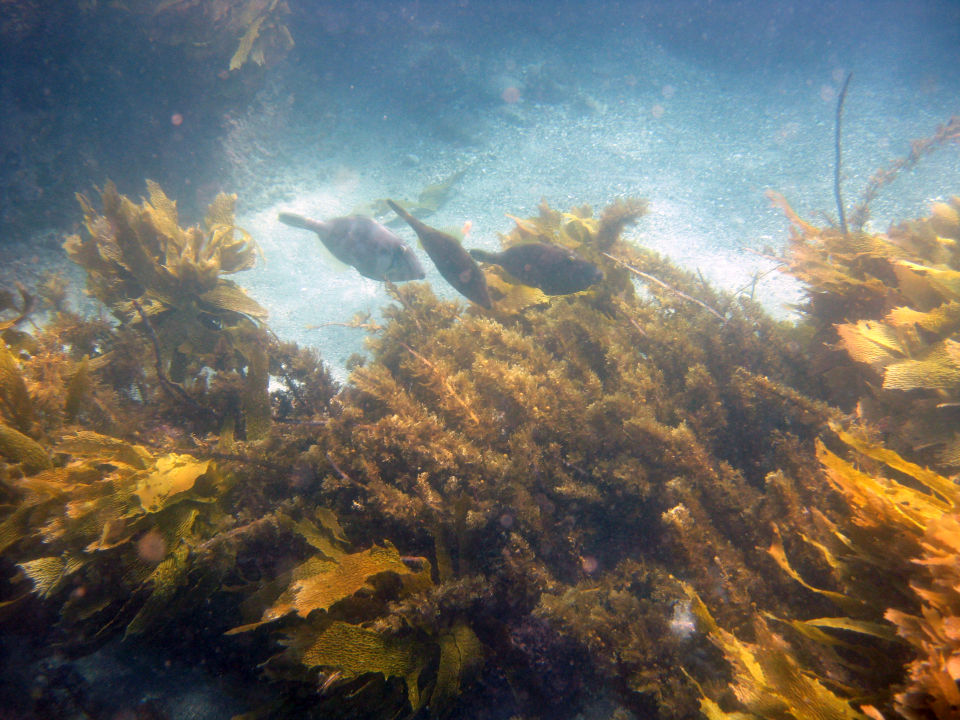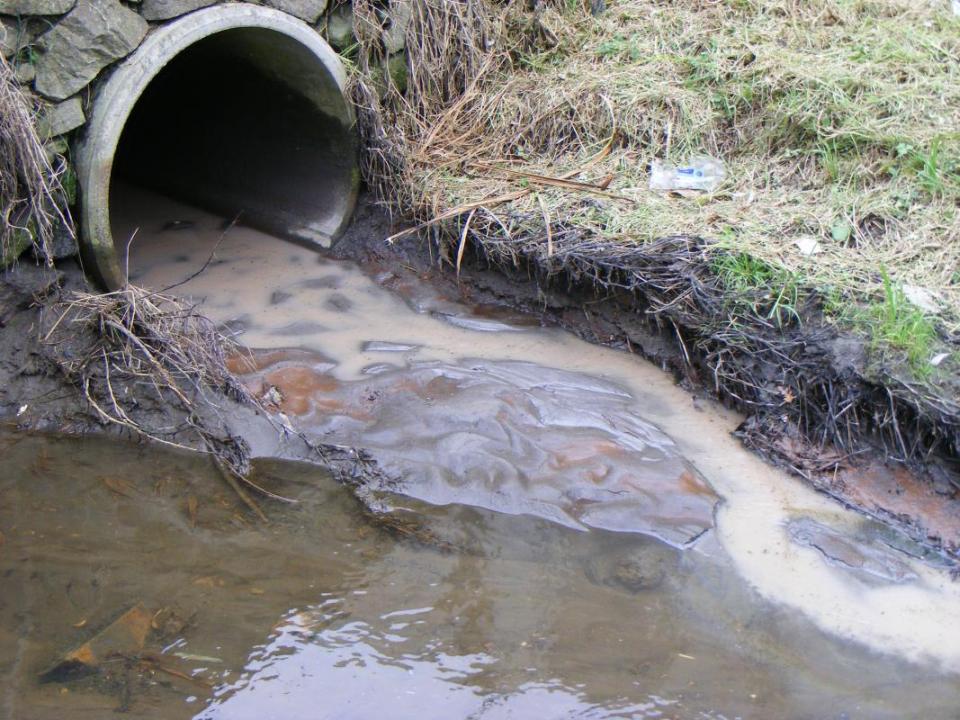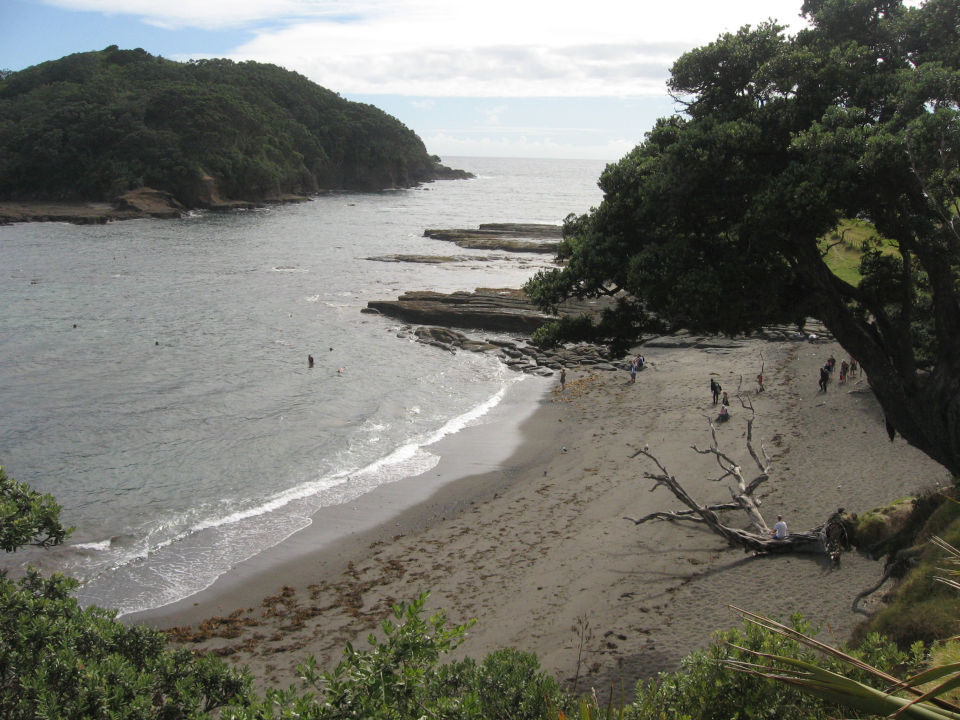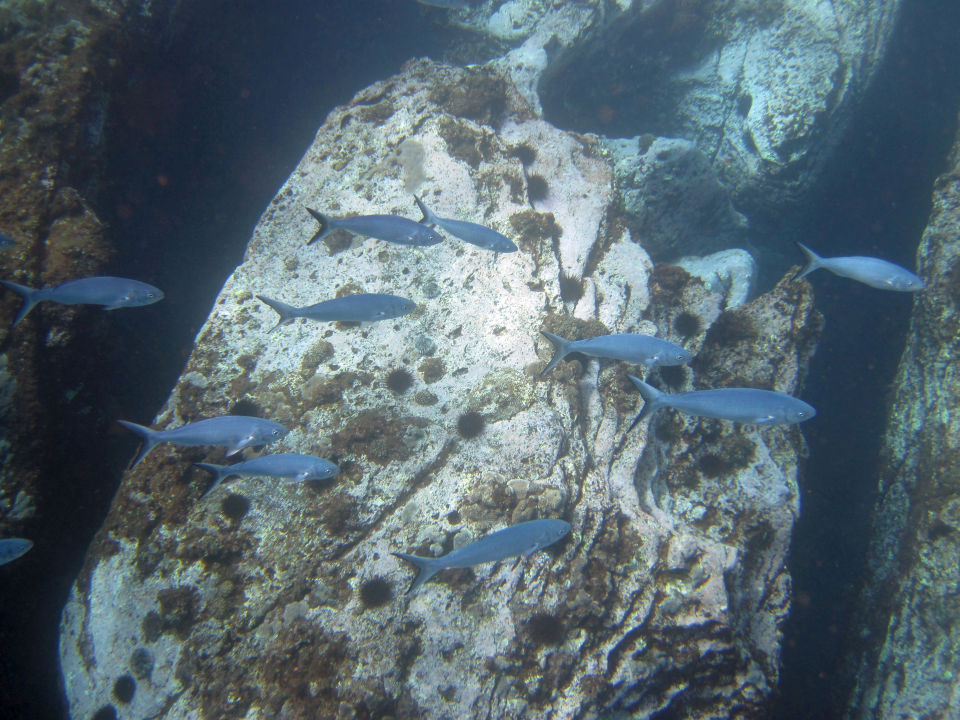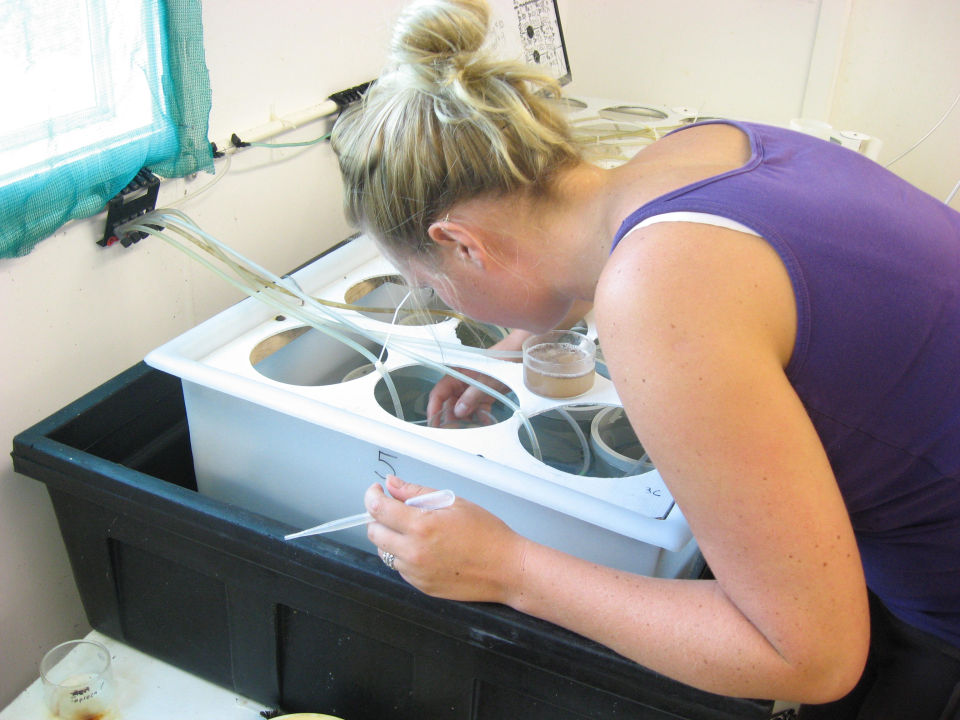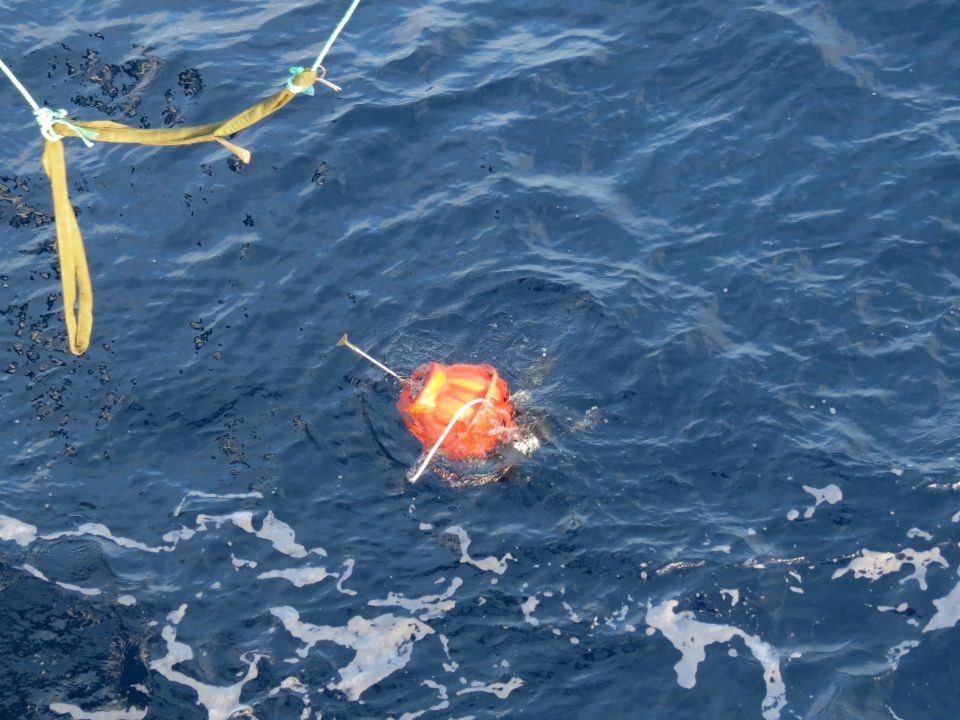What are healthy marine environments?
Healthy marine environments are places that are resilient and thriving. These environments usually:
- host a wide variety of biodiversity
- have good water quality
- have little or no pollution
- have few or no introduced species.
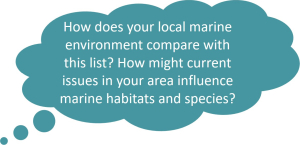
Are our oceans healthy?
Ocean health varies around the planet. The unhealthiest parts of the sea are usually close to land. Here, over a long time, large numbers of people have lived and discharged waste, sediments and pollutants into waterways. These have then flowed into the sea.
New Zealand's ocean habitats are quite healthy compared to other parts of the world. But there are also many coastal New Zealand areas that have become less healthy over time.
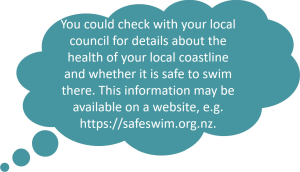
How do marine reserves contribute to healthy oceans?
Marine reserves help to increase the health of our oceans. They create more healthy habitats by reducing the number of species taken out of the ecosystem. This helps restore balance to create well-functioning ecosystems. Balanced, healthy ecosystems can bounce back better from changes (both natural and human-induced).
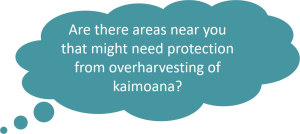
What is monitoring and what do we monitor?
Monitoring is observing, carrying out tests and recording data. We can monitor the marine environment to determine its health. Regular monitoring can help detect changes.
How do scientists monitor marine reserve health?
Scientists use special equipment to measure the following qualities of marine environments:
- Water quality – through testing salinity, turbidity, pH, suspended sediment, nitrate and bacteria levels
- Habitats – which habitats are present. In marine reserves, this includes recording any changes in habitat from the time of the marine reserve opening
- Numbers of seafood species – monitoring species such as snapper, blue cod and crayfish
- Marine pests – testing for the presence of introduced species
- Land use – looking at the amount of surrounding land that is either vegetated, urban or rural
- Numbers of threatened species – monitoring the populations of threatened species.
Scientists also monitor marine species and habitat changes over time to measure ecosystem health.
- See: www.doc.govt.nz/little-penguin-monitoring for an example.
National Institute of Water and Atmospheric Research (NIWA) in New Zealand monitors the wider ocean environment. They use devices such as Argo floats which measure temperature and salinity of water. Scientists can understand ocean global heat content and ocean currents from this data.
- See: www.sciencelearn.org.nz/resources/710-using-argo-data.
- Ready for a quiz? Try The Health of Marine Environments activity.

